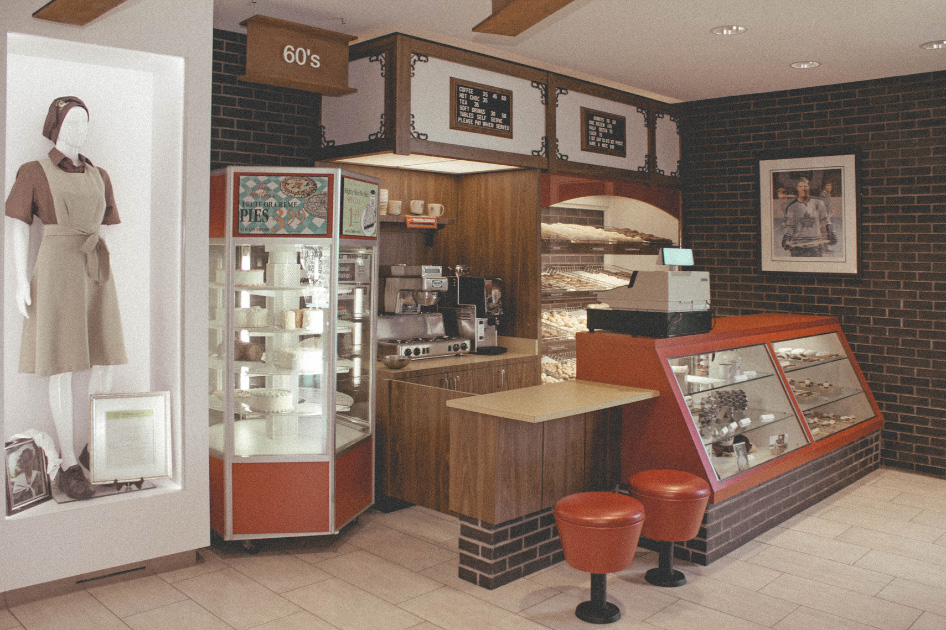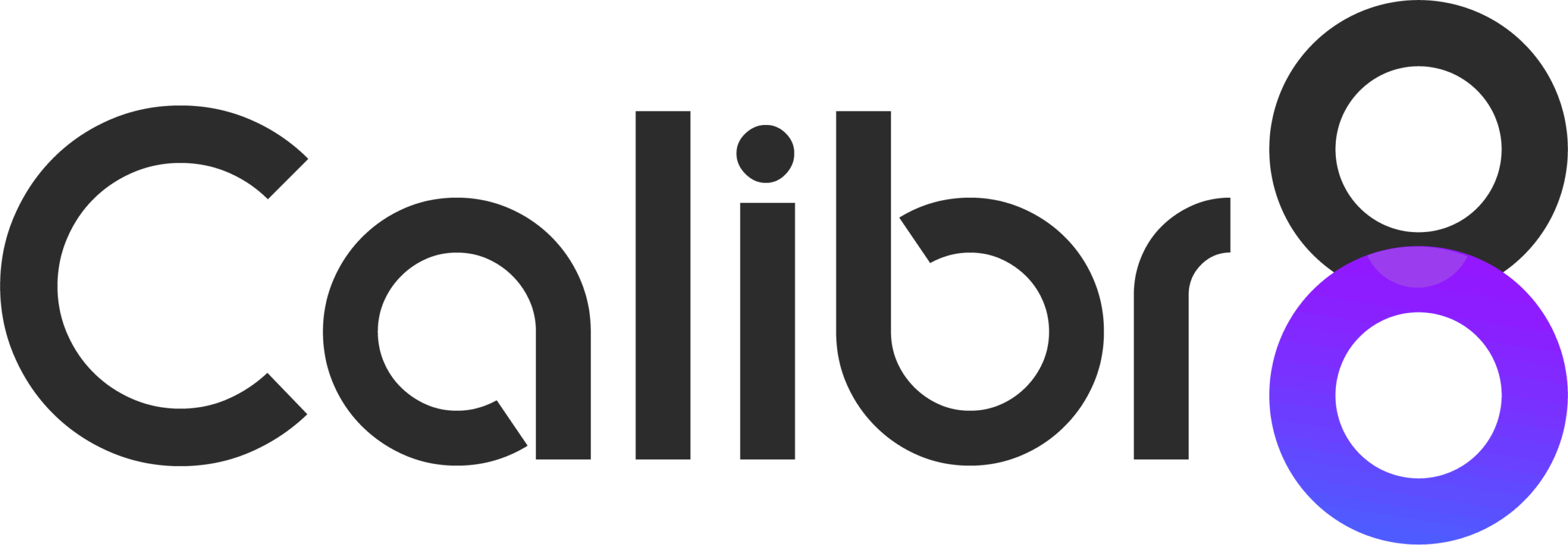In the vast and diverse landscape of Canada, coffee holds a special place in the hearts of its inhabitants. Known for its harsh winters and dynamic cultural fabric, Canada has developed a unique coffee culture that stands as a testament to its people’s adaptability and taste preferences. This post delves into how Canadian coffee consumption has changed, exploring whether there has been a significant shift in how Canadians enjoy their beloved beverage. By examining statistical data, consumer behavior trends, and industry insights, we will shed light on the changing landscape of coffee consumption in the country.
The Early Days of Coffee Consumption in Canada

To understand the present, one must look back at the past. Coffee made its way to Canada in the 18th century, primarily through the ports of Halifax and Quebec City. Initially, it was a luxury only the affluent could enjoy, but as the 19th century progressed, coffee became more accessible to the average Canadian. By the mid-20th century, coffee had cemented its place in Canadian households, with the rise of coffee chains in the latter half of the century revolutionizing the coffee drinking experience. During these years, traditional drip coffee was the standard.
The Turn of the Millennium: A Shift in Preferences
The turn of the millennium marked a significant shift in Canadian coffee consumption. The introduction and expansion of global coffee chains, coupled with a growing interest in specialty coffee, began to change the way Canadians consumed coffee. According to Statistics Canada, coffee consumption started to see a gradual increase in the early 2000s, with more Canadians favoring quality over quantity. A report by the Coffee Association of Canada highlighted that 72% of Canadians aged 18 and older drank coffee daily, a testament to its ingrained presence in daily life.
The Rise of Specialty Coffee and Ethical Consumption
The last decade has seen a pronounced shift towards specialty coffee, with consumers showing a heightened interest in the origin, type, and brewing methods of their coffee. Third-wave coffee shops, emphasizing direct trade and artisanal brewing methods, have become increasingly popular. This shift is not just about taste but also about ethics; a significant number of Canadians now prefer ethically sourced and sustainably grown coffee.
Impact of the Pandemic on Coffee Consumption
The COVID-19 pandemic undeniably altered consumer habits worldwide, and Canada was no exception. With the closure of cafes and the shift to working from home, Canadians adapted their coffee consumption habits. Sales of coffee-making equipment, such as espresso machines and French presses, saw an increase, indicating a shift towards home-brewed coffee. According to a 2022 report by Agriculture and Agri-Food Canada, there was a notable increase in the consumption of premium coffee products at home, suggesting that the pandemic may have accelerated the trend towards quality and specialty coffee.
Current Trends and Future Outlook

Today, Canada’s coffee landscape continues to evolve. The demand for convenience has led to the rise of ready-to-drink (RTD) coffee products, which are gaining popularity for their ease of consumption and variety. Moreover, the advent of coffee technology, including smart coffee machines and apps for coffee delivery, is changing how Canadians consume their coffee. Despite these advancements, the traditional coffee shop remains a staple in Canadian culture, serving as a place for community and connection.
Looking towards the future, it is expected that the trends of specialty coffee consumption and ethical concerns will continue to influence the Canadian coffee market. The Coffee Association of Canada’s 2023 report projects an increase in the demand for sustainable and ethically sourced coffee, along with a growth in the segment of plant-based and alternative dairy options in coffee.
Conclusion
In examining the changes in Canada’s coffee consumption, it is clear that while the love for coffee remains strong, the ways in which Canadians enjoy their coffee have evolved significantly. From a simple morning ritual to an expression of ethical values and taste preferences, coffee consumption in Canada reflects broader social, economic, and technological trends. As Canadians continue to navigate the complexities of the modern world, their coffee consumption habits will undoubtedly continue to change, mirroring the dynamic and resilient nature of the country itself.
FAQs
The evolution of coffee consumption in Canada, particularly with the rise of specialty coffee, has significantly influenced Canadians’ preferences for coffee types. Traditionally, the Canadian market, like many others, did not heavily differentiate between Arabica and Robusta beans in consumer choices. However, with the increased interest in specialty coffee and the third-wave coffee movement, there has been a noticeable shift towards Arabica beans, known for their smoother, more nuanced flavors compared to the stronger, more bitter Robusta beans. This preference aligns with the trend towards quality and the desire to understand the origin and specific characteristics of the coffee being consumed. While the blog post didn’t specify changes in preferences for coffee types, it’s clear that the shift towards specialty coffee likely corresponds with a greater appreciation for Arabica beans, given their predominance in the specialty coffee sector.
The shift towards ethical consumption and sustainability has had a multifaceted impact on the pricing and affordability of coffee in Canada. Ethically sourced and sustainably grown coffees often come with higher price tags due to the more labor-intensive processes and the costs associated with certifications like Fair Trade or Organic. This increase in cost can be seen as an investment in environmental sustainability and ethical labor practices, which a significant portion of Canadian consumers are willing to support. However, this does raise questions about affordability for all consumers, especially those who might wish to support ethical practices but are constrained by budget. The blog post suggests an increased consumer interest in these areas but doesn’t delve into the economic implications, such as whether this trend towards ethical consumption has led to wider price disparities in the market or how it affects consumer choices among different income groups.
The pandemic-induced growth in home brewing has undoubtedly challenged the traditional coffee shop business model in Canada. With more Canadians investing in home coffee-making equipment and developing a taste for premium coffee products at home, coffee shops have faced the task of redefining their value proposition. While the blog post didn’t address this aspect directly, it’s reasonable to infer that coffee shops might be adopting new strategies to attract customers back. This could include offering unique coffee experiences that cannot be easily replicated at home, such as specialty brews, coffee tastings, or workshops. Additionally, emphasizing the social and communal aspect of coffee shop culture—a facet of the coffee experience that home brewing cannot replicate—might be another strategy. Coffee shops could also be leveraging technology more, such as through apps for ordering ahead or creating subscription services for their specialty beans, to blend the convenience that consumers have grown accustomed to during the pandemic with the unique coffee shop experience.
Sample Made Simple.
Increase cost efficiency, feasibility and quality between project and vendor, all on one platform with Zamplia. Take a tour or book a demo with us today.


